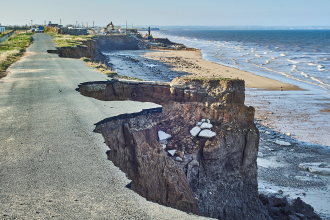
Shifting the tide
Preparing our cities for rising sea levels
To better understand the impact of climate change, we recently investigated how different LGAs are approaching the imminent threats of Rising Sea Levels (RSL) and Rising Flooding, Coastal Erosion and Climate (RFCC) on our coastline morphology and communities.










